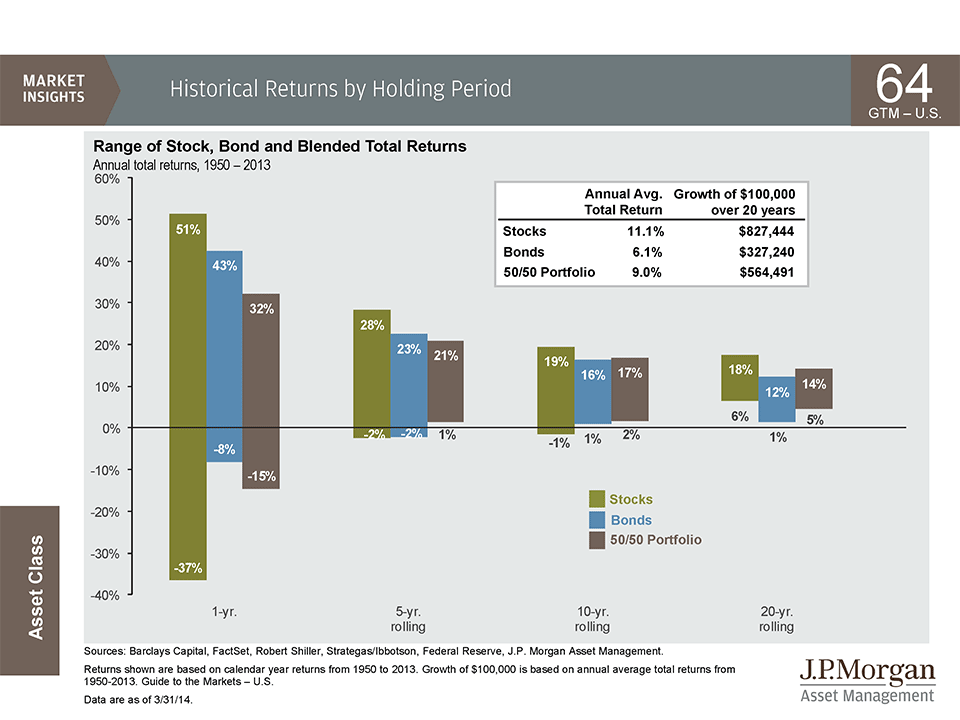Asset Allocation Vs Diversification Getting Your Financial Ducks In A Row
Post on: 24 Апрель, 2015 No Comment

2C221 /% Asset allocation and diversification are not the same. Perhaps some readers may benefit from a brief explanation of the two and how it may impact your investments. An investor may have excellent diversification but poor asset allocation and vice versa.
Let’s start with asset allocation. When we speak of asset allocation we’re talking about how we’re going to invest in a particular category of investments called asset classes. That is, we are choosing which assets are going to be in our portfolio. Generally, assets classes that investors may choose from are stocks (equities), bonds (fixed income), cash, commodities, and real estate.
For example, let’s say that an investor bought one single stock, one bond, held one dollar, one ounce of gold and owned their home. This would be an example of excellent asset allocation among all the asset classes. However, the diversification is terrible. Assume the investor had a total of $100 ($20 each) in the asset classes. Let’s say the company that the stock is invested in goes bankrupt while the rest of the market does very well as a whole. Our investor just lost 20% of their portfolio and is now holding a total of $80. This assumes the other assets classes did nothing.
The following year the company that the investor bought the bond from defaults on its debt and has no assets to repay the bondholder. Assuming the other asset classes did nothing; our investor now has $60. They’ve lost 40% of their portfolio in 2 years. The next year gold doubles as does real estate to bring the investor’s portfolio back to a total of $100 ($40 in gold, $40 in real estate, $20 in cash). So the investor is back where they started financially but with 40% less in asset class categories.
Assume the next year, stocks and bonds soar while real estate and gold depreciate significantly. Remember that the investor lost their stock and bond exposure so now they suffer an even greater loss since roughly 66% of their portfolio (as assets not dollars) is now gold and real estate. We forgot to mention that inflation was 3% for the periods involved which means their cash actually lost money (purchasing power risk) as well.
As an alternative, the investor could still choose the same asset classes, but now can diversify among those asset classes. For example, the investor could choose not one stock, but several hundred or thousand stocks to hold – divided among small cap, mid cap, large cap and international. The bond exposure could be handled similarly by holding short term, intermediate and long term bonds as well as Treasuries. The same is true for commodities (holding not only gold, but silver, etc.) as well as real estate.
How does the investor buy all this? Easy – mutual funds or ETFs. To keep expenses low the investor should choose index funds. For the stock exposure he investor could buy a total stock market index fund, for the bonds a total bond market index fund, for the commodities a commodity index fund and a real estate investment trust (REIT) index fund to cover the real state. These index funds will not only accomplish broad asset allocation but will also provide excellent diversification among the assets classes while keeping expenses low.
Going back to our previous example, the companies could have declared bankruptcy and have their stock and bonds become worthless, but our investor would have been protected since he owned several hundred or thousand stocks and bonds through his index funds. Thus the one or two companies failing would not ruin his portfolio.
Pick your asset classes and diversify accordingly.














